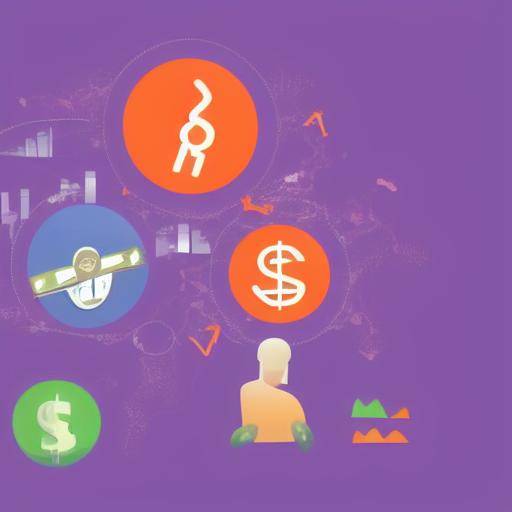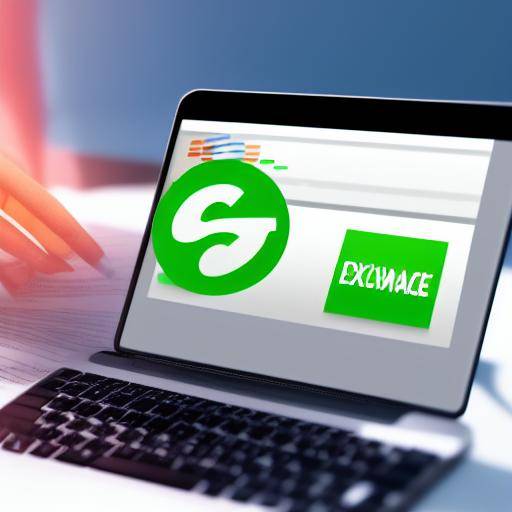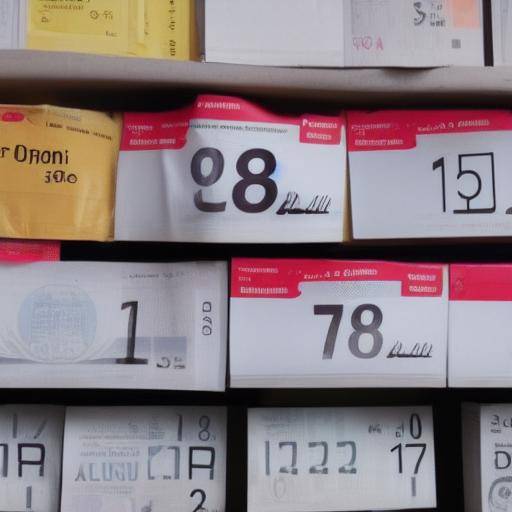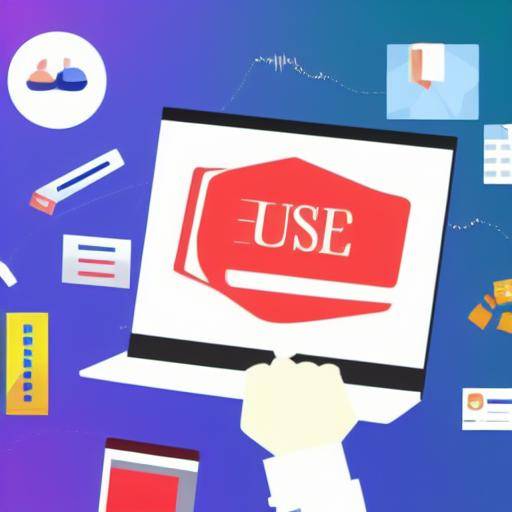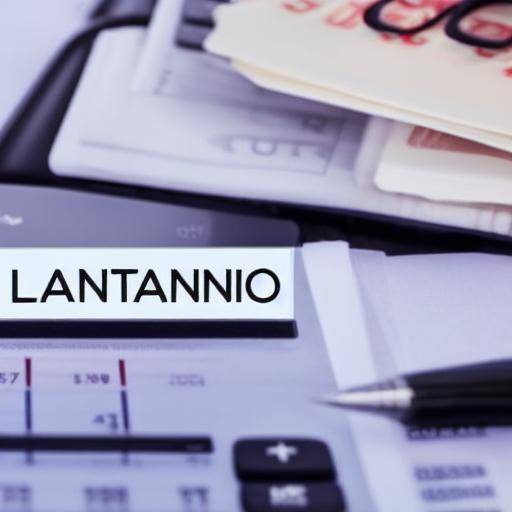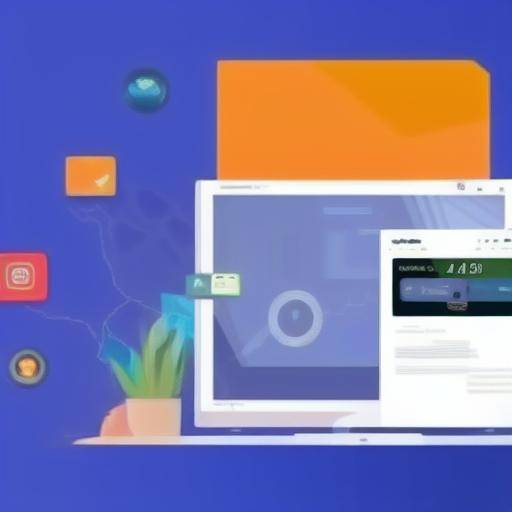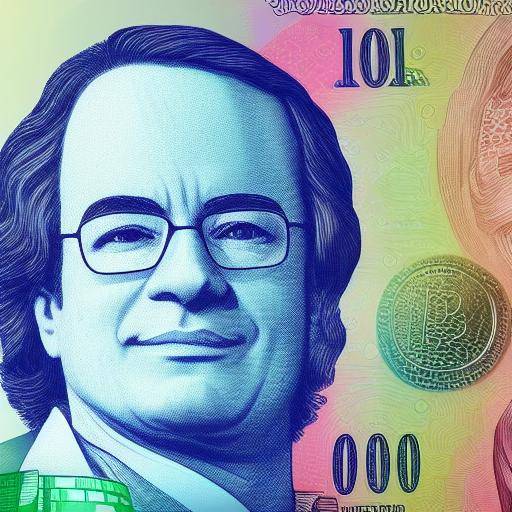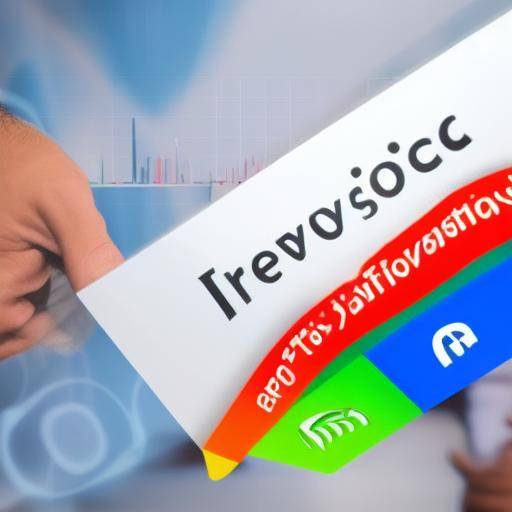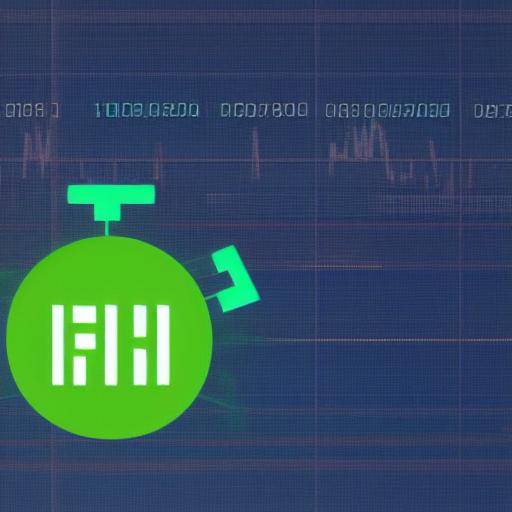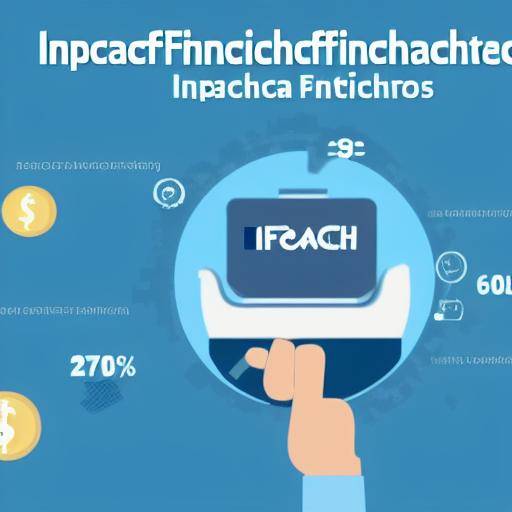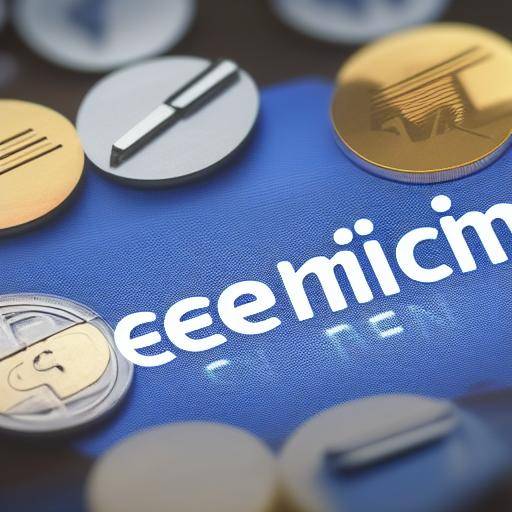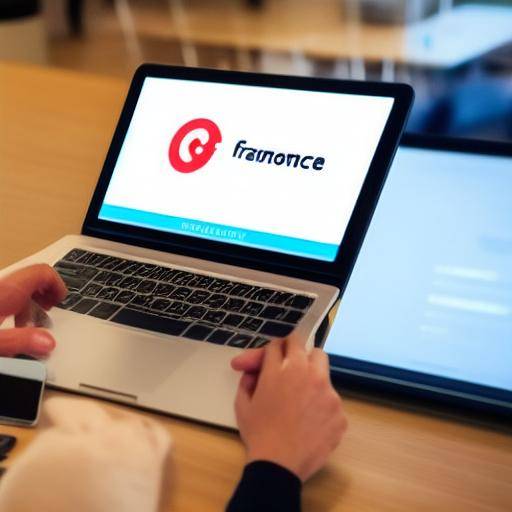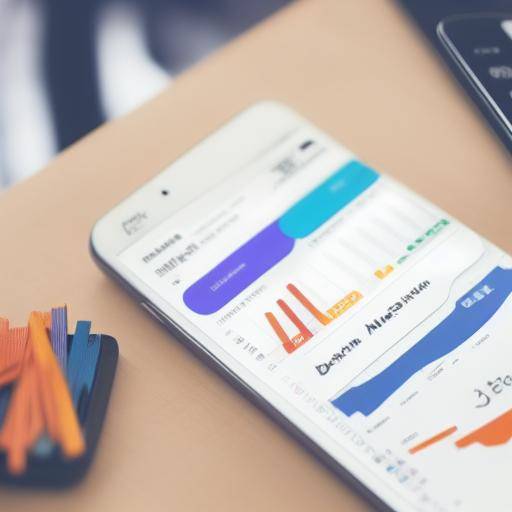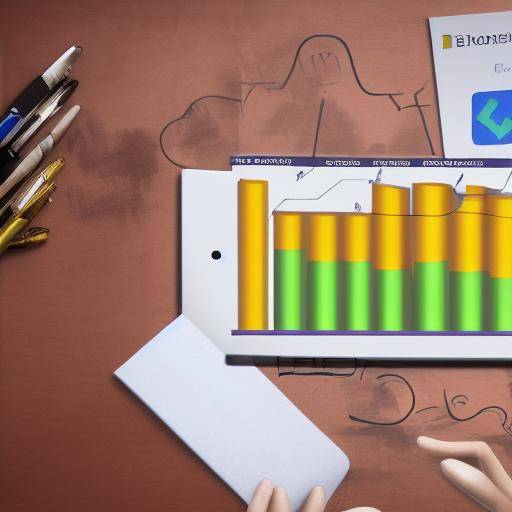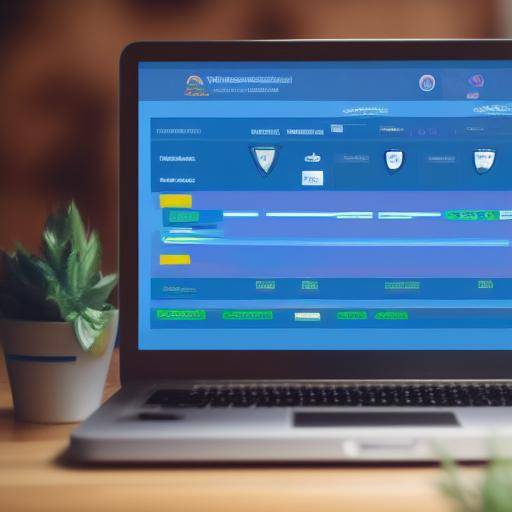
Technology has transformed our way of comparing prices, giving us efficiency and control in our purchasing decisions. In this article, we will explore how digital applications and tools have revolutionized how consumers compare prices, providing a detailed view of key strategies to effectively use this technology.
Introduction
In the digital era, technology has become a crucial ally for consumers in their search for the best offers and prices. Digital applications and tools offer users the ability to quickly compare product and service prices, providing not only time-efficiency, but also greater control in their purchasing decisions. In this article, we will explore the essential strategies to make the most of these technologies, maximizing price comparison efficiency and providing greater control over purchasing decisions.
History and Background
Since its inception, price comparison has been a fundamental part of the purchasing process. Before the digital era, consumers depended on visiting several physical stores to compare prices, a process that was costly in terms of time and effort. However, with the advance of technology, digital applications and tools emerged that completely revolutionized this dynamic.
The first incursions in the comparison of digital prices date back to the emergence of the first search engines and specialized websites. Over time, these platforms have been perfected, providing consumers with a wide range of options to compare prices quickly and easily. Technology has also allowed the development of sophisticated algorithms that track and compare real-time prices, providing consumers with accurate and up-to-date information.
Analysis in Deep
The use of digital applications and tools in price comparison offers a number of significant benefits. First, it allows consumers to save time by avoiding visits to multiple physical stores. In addition, it provides greater transparency in prices, which empowers consumers to make informed decisions. However, it also poses challenges, such as the need to assess the reliability of the information provided by these platforms and data privacy management.
Currently, the use of technology in price comparison has experienced exponential growth, with an increasing number of digital applications and tools available to consumers. In addition, current trends point towards greater customization, with algorithms that adapt price recommendations according to the individual behavior and preferences of users.
Comprehensive review
Effective use of digital applications and tools in price comparison requires understanding and implementation of key strategies. The creation of price alerts, reviews and reviews analysis, and price comparison over time are some of the strategies that consumers can implement to maximize the benefits of these technologies. It is also essential to be aware of the privacy and data protection policies of these applications, as well as to understand the algorithms that drive price recommendations.
Comparative analysis
When comparing technology, efficiency and control in the context of price comparison, it is evident that its interrelationship. Technology acts as the main enabler, providing efficiency to the process by providing fast and reliable information, while at the same time giving consumers greater control over their purchasing decisions. These elements combine to provide a more informed and satisfying shopping experience for modern consumers.
Practical Tips and Accessible Tips
To make the most of digital applications and tools in price comparison, consumers can follow a number of practical tips. These include price comparison at different times of the day, checking the authenticity of reviews and using price tracking features over time to identify trends. It is also advisable to set price alerts to receive notifications when a product reaches the desired price.
Industry Perspectives and Expert Reviews
Industry experts have expressed their vision of the impact of technology on price comparison. According to analysts, the continuous evolution of price comparison tools will focus on the integration of artificial intelligence and machine learning to offer highly customized and accurate recommendations. In addition, data security and user privacy are expected to be significant focus areas in the future development of these tools.
Case Studies and Practical Applications
The business world has witnessed numerous successful technology applications in price comparison. Electronic commerce companies have implemented advanced algorithms to dynamically adjust prices and offer personalized offers to consumers. In addition, airlines and travel companies have used technology to instantly compare rates, providing travelers with the possibility of finding the best deals in real time.
Future Trends and Predictions
As technology continues to evolve, the future of price comparison is expected to be marked by a higher level of customization and precision. Artificial intelligence algorithms will increasingly adapt to individual consumer preferences, providing highly customized price recommendations. The security of data and user privacy are also expected to be key priorities as these technologies are consolidated into the market.
Conclusion
The use of digital applications and tools has revolutionized price comparison, providing consumers with efficiency and control in their purchasing decisions. By following key strategies, such as creating price alerts and comparing over time, consumers can maximize the benefits of these technologies. The future of price comparison will be marked by increased personalization and data security, providing consumers with a more informed and satisfying shopping experience.
Frequently asked questions
How can I make sure price information in digital applications and tools is reliable?
Digital applications and tools use advanced algorithms to track and compare prices. You can verify the reliability of the information by corroborating the prices directly on the provider's web pages, as well as reviewing the reviews and comments of other users.
What precautions should I take in terms of privacy and data protection when using these applications?
It is important to review the privacy and data protection policies of the digital applications and tools you use. Make sure you understand how your personal data is managed and what measures are taken to protect your privacy.
Are there significant differences in prices when comparing different digital applications or tools?
Yes, differences in prices can vary according to the platform used. It is advisable to compare prices in multiple applications or digital tools to get a more complete view of available offers.
What additional benefits do these digital applications and tools offer in addition to price comparison?
In addition to price comparison, some digital applications and tools offer additional features such as price alerts, tracking price fluctuations and personalized recommendations, providing consumers with a more comprehensive and personalized shopping experience.
Are digital applications and tools also effective to compare prices in physical stores?
Yes, some digital applications and tools offer the ability to compare prices in physical stores, either by scanning bar codes or using geolocation to find nearby offers.
How can I make the most of technology in price comparison without compromising my time?
It uses price alerts to receive notifications when a product reaches the desired price. In addition, it establishes filters and preferences to obtain more relevant results and reduce the time devoted to price search.
In short, the use of digital applications and tools in price comparison offers a number of significant benefits for consumers. By implementing effective strategies and understanding emerging trends in this area, consumers can maximize their efficiency and control in their purchasing decisions, ensuring a more informed and successful experience in the current market.
With detailed information on historical evolution, current analysis, key strategies, practical applications and future predictions, this article seeks to provide an integral insight into how digital applications and tools have transformed price comparison and how consumers can make the most of these technologies for their benefit.
This concludes the article on strategies to use digital applications and tools in price comparison, providing consumers with a detailed overview of how to maximize efficiency and control in their purchasing decisions. We hope that this guide has been informative and useful in improving understanding of the importance of technology in price comparison.
Additional FAQs:
- How to find the best application to compare prices?
- What is the difference between comparing online prices and physical stores?
- What considerations should I take into account when comparing prices in different regions or countries?

